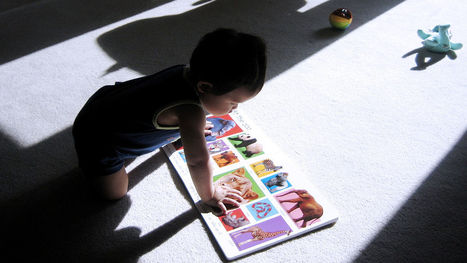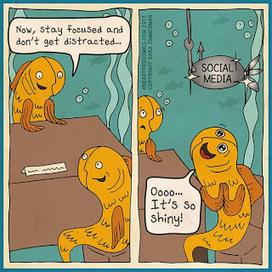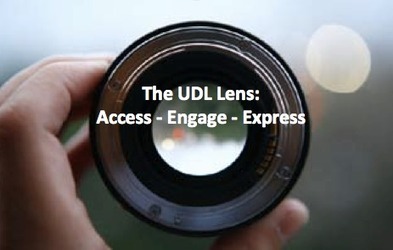It's virtually impossible to imagine life without learning. We come into the world armed with little more than a bunch of primitive survival instincts, but it’s thanks to our ability to learn that we start adapting to the environment, going from helpless infants into semi-autonomous children before maturing into young adults. Still, when it comes to how we learn, most of us differ considerably at every stage in that process. Now scientists are learning more about that variation and what's behind it.
Psychologists have studied learning for over a century, but research in this area has really taken off in the last two decades. Most studies indicate that our personalities largely determine the ways we like to learn. In other words, who we are shapes how we learn. Here's what some of the latest research has uncovered about the most common learning styles and the ways we can learn to our fullest potential.
Via The Learning Factor



 Your new post is loading...
Your new post is loading...






















Here's what the latest psychological research says about learning styles and the things that shape them.
Here's what the latest psychological research says about learning styles and the things that shape them.
Here's what the latest psychological research says about learning styles and the things that shape them.